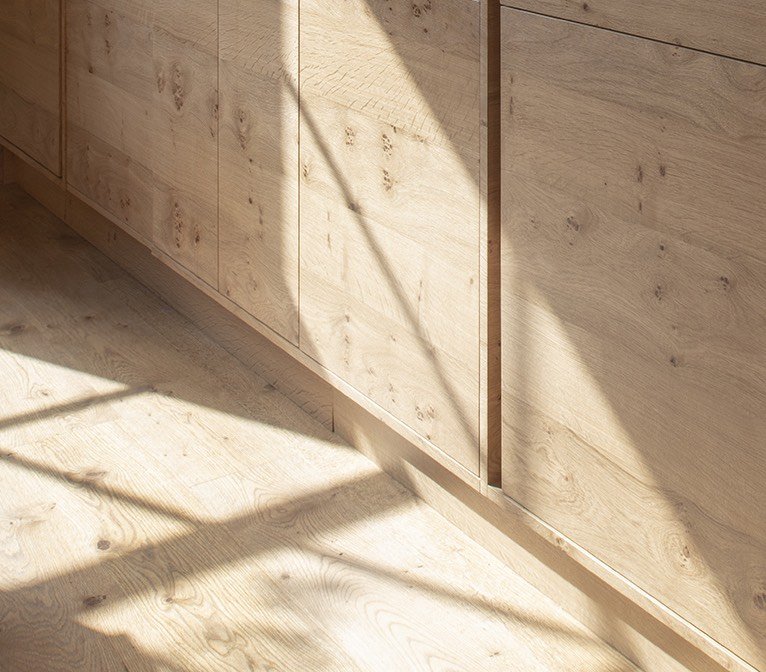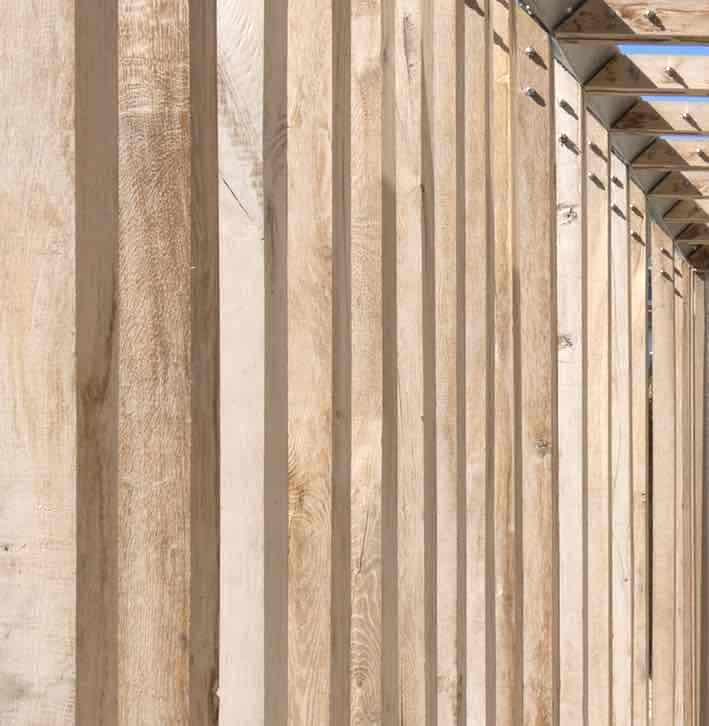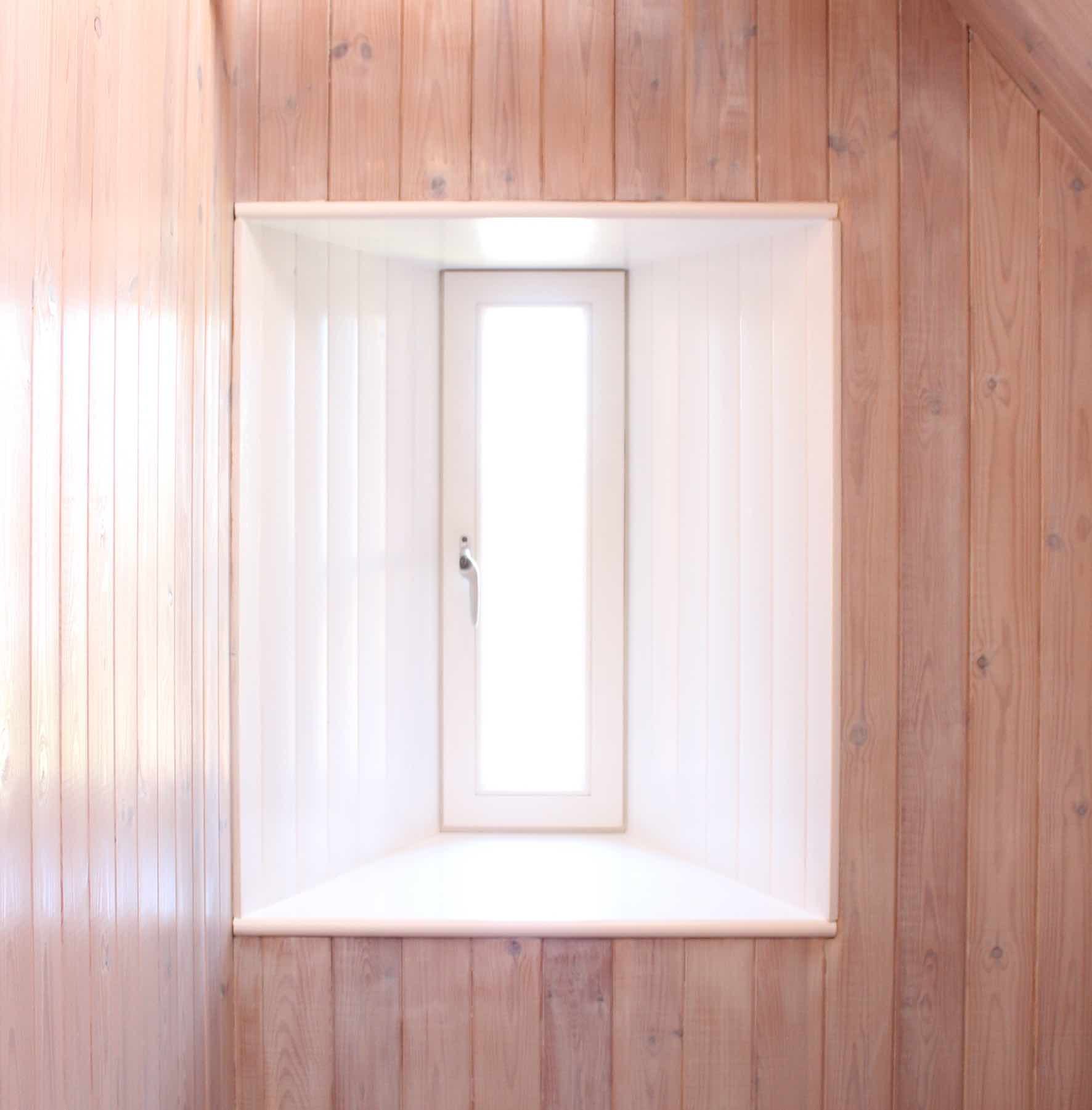Sustainability
All design should be environmentally sustainable: good design is ecological design. Our homes should work in sympathy with our natural habitat. We are part of an ecology, a dynamic system that sustains life, an equilibrium that is altered by the decisions we take.
There are many aspects to consider: early considerations should include the need to build, whether the need justifies the use of resources. We should consider strategies to lower consumption generally, and more specifically the materials, and energy required to build and live in houses.
We should consider the energy performance of our buildings. A good measure of performance is the Passivhaus standard which exceeds current UK standards for new buildings. (see Passivhaus page)
We should consider the carbon footprint of our buildings, and use materials that have have a lower embodied carbon. Trees capture CO2 in growth, so building in timber locks CO2 in the building fabric, so the use of timber in place of steel or concrete is a good way to reduce the impact of building.
Use of natural materials achieves a better air quality and contact with nature and natural materials enhances comfort and well being.
The introduction of onsite renewable technology such as air source heat pumps further reduce the demand on electrical grid.
We should make decisions that have long term value to society. When we build, this should be done so that buildings have long term appeal with construction that endures.



